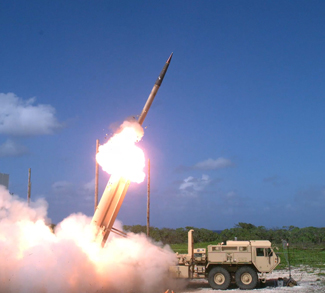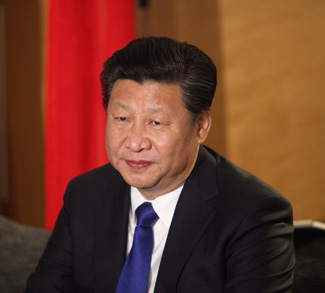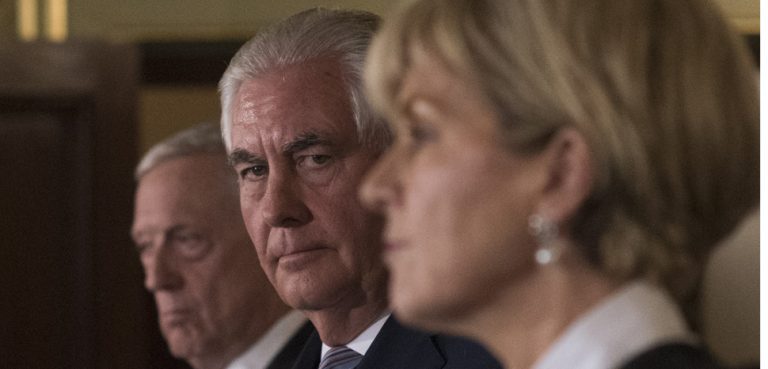Amid tensions between China and the Philippines in the South China Sea, a new chapter has emerged following the signing of a defense pact between the Philippines and Japan. The Reciprocal Access Agreement (RAA) is designed to deploy forces on each other’s soil, allow the conducting of joint military exercises, and facilitate Filipino forces carrying out combat training in Japan. The RAA is tailored to respond to the shared threat represented by China to Japan and the Philippines in the East China Sea and South China Sea respectively. The defense pact carries significance for both signees, creating an impression of deterrence and unity against China. Most significantly, the pact represents a step toward containing the influence of China, with the assistance of the United States, in the South China Sea. Though it should be noted that the RAA still must be ratified by parliaments in Tokyo and Manila.
The pact is the consequence of continuous skirmishes between the Philippines and China in the South China Sea. The most serious occurred on June 17, when Chinese coast guard personnel wielding sticks, knives, and an axe surrounded and boarded three Philippine navy boats during a resupply mission to the Second Thomas Shoal in the disputed Spratly Islands. Philippine President Ferdinand Marcos Jr. denounced the actions of China in the South China Sea and warned that the death of any Filipino at the hands of China would be deemed as an act of war. In addition, the government of the Philippines requested $1 million in financial compensation for the June collision.
Unsurprisingly, the Chinese Foreign Ministry deemed the incident a provocation by the Philippines side, claiming that Beijing was merely safeguarding its rights and enforcing law.
The South China Sea Dispute
The ongoing dispute in the South China Sea stems from various reasons. Firstly, the region is rich with fishing stocks, and with China controlling much of the area, it is helping to fuel one of the largest fishing industries in the world. The fishing industry in China has contributed significantly to the Chinese economy, helping China become the biggest exporter of aquatic products in the world. Secondly, the region is also rich in energy, as the US Geological Survey estimated in 2012 that the entire South China Sea contains around 12 billion barrels of oil and 1900 trillion cubic feet of natural gas. Finally, control over the South China Sea helps to guarantee the security of more distant waters. Chinese control of the waters holds out the prospect of Beijing expanding its maritime navigation and reducing Washington’s maritime dominance and power projection in East Asia. The South China Sea connects the Pacific Ocean to the Indian Ocean and helps with global commerce of goods and energy shipments to China, Japan, South Korea, and Russia. Control over this region helps China thrive through secured global trade. Furthermore, controlling these waters would help China mitigate the possibility of an outside hostile actor launching an attack through them.
China is engaged in a dispute with the Philippines over four islands, namely the Spratly Islands, Paracel Islands, Macclesfield Bank, and Pratas Island and Reefs. China claims a historical right over the islands, backed by its sweeping ‘nine-dash line’ claim which covers much of the South China Sea, even cutting half of the exclusive economic zone of the Philippines. The Spratly Islands, home to rich marine resources, minerals, and hydrocarbon deposits, have been a particular bone of contention in standoffs between China, Taiwan, Vietnam, the Philippines, Malaysia, and Brunei. All of these states have established garrisons on various features in the Spratly Islands with the exception of Brunei.
For decades, China has bolstered its claim by constructing artificial islands in the South China Sea. De facto, the United Nations Convention on Law of Seas (UNCLOS) permits the construction of artificial islands under Article 60, but only in a state’s exclusive economic zone, with the further restriction that the island-constructing country should inform other coastal states nearby and prevent harming their interests.
The Philippines government took China to court on the matter, filing a case in the Permanent Court of Arbitration, which in 2016 ruled in favor of the Philippines, describing the nine-dash line claim as lacking legal basis. China refused to comply with the decision, maintaining that the court lacks jurisdiction to try this case.
Will the Reciprocal Access Agreement tilt the military balance?
With the advent of the RAA, the Philippines is also expected to benefit from another Japanese program, launched in April 2023, intended to provide weapons and equipment free of charge to friendly countries. Tokyo’s objective here is to expand regional security cooperation, and Manila is a natural partner, as it’s looking to acquire weapons and other operational capacities to better engage in any standoff with China, though admittedly, even under the best-case scenario the Philippines will remain outmatched. To this end, in November, Japan provided the Philippines with five surveillance radars to strengthen its coastal supervision capabilities, improving detection in the South China Sea.
Most importantly, the Philippines is strategically useful for the United States because the South China Sea dispute represents an issue that could hypothetically drag Washington into armed conflict in the Asia-Pacific. Moreover, due to its proximity to Taiwan, the South China Sea represents a critical theater that might come into play in future conflicts – conflicts where the Philippines could play a key role. Thereby, the United States has played an active part in promoting the RAA pact to strengthen its allies, striving to establish a united front against China in the region.
Though the pact might not appear overly constructive for Japan since it is not engaged with China regarding the South China Sea dispute, the presence of its forces on Philippines’ soil and joint drills may be a deterrent for China regarding another matter: Japan and China have been in a tussle over a group of islands named Senkaku by Japan and Diaoyu by China. These islands can be regarded as geographic frontiers that could safeguard China from Japan and the United States. Should Beijing ever secure control over them, it could establish submarine bases, missile bases, and radar systems that would expand China’s security and military footprint and force projection. Just like Mischief Reef was armed with anti-aircraft weapons and a CIWS missile defense system in the South China Sea, the Senkakus/Diaoyu could be used for defense purposes in the East China Sea.
Should the RAA be ratified, it would stand as a powerful signal of regional cooperation, and one that might be capable of deterring China from open conflict. However, it is unlikely to change the ground-level geopolitical dynamics: it won’t help the Philippines get its due share in the South China Sea, nor will it alter Beijing’s commitment to actualizing its nine-dash line claim.
The views expressed in this article belong to the author(s) alone and do not necessarily reflect those of Geopoliticalmonitor.com.




